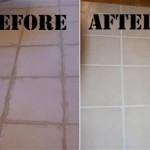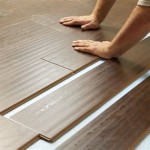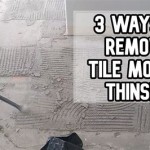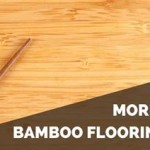Removing Glue From Engineered Hardwood Flooring: A Comprehensive Guide
Sprucing up your living space often involves tackling various home improvement projects, including installing stunning engineered hardwood flooring. While this durable and aesthetically pleasing flooring option adds value to your home, accidents can happen during the installation process, leaving unsightly glue residue behind. Removing glue from engineered hardwood flooring requires a delicate touch to avoid damaging the delicate surface. In this comprehensive guide, we'll delve into the essential aspects of removing glue from your engineered hardwood flooring, ensuring a flawless finish that will enhance the beauty of your home.
Identifying the Glue Type
Before embarking on the removal process, it's crucial to identify the type of glue used during installation. Different adhesives require specific removal techniques, so it's essential to determine whether you're dealing with water-based, solvent-based, or urethane-based glue. Refer to the product label or consult a professional to accurately identify the glue type.
Removing Water-Based Glue
Water-based glue is typically easier to remove than other types. Dampen a soft cloth with warm water and gently rub the glue residue in a circular motion. Avoid using excessive force, as this could damage the hardwood surface. If the glue is stubborn, you can apply a mixture of equal parts water and vinegar to the affected area. Let it sit for a few minutes before wiping it away with a damp cloth.
Removing Solvent-Based Glue
Solvent-based glue requires a more cautious approach. Dip a cotton swab or cloth into mineral spirits or acetone and apply it sparingly to the glue residue. Allow it to penetrate for a few minutes, then gently scrape away the softened glue with a plastic scraper or credit card. Be careful not to use metal tools, as these could scratch the hardwood surface.
Removing Urethane-Based Glue
Urethane-based glue is the most challenging to remove. Apply a commercial urethane glue remover to the glue residue following the manufacturer's instructions. Let it sit for the recommended time, then use a plastic scraper to gently remove the softened glue. Note that urethane glue removers can be harsh, so test them in an inconspicuous area first to ensure they won't damage your hardwood flooring.
Additional Tips
Here are a few additional tips to ensure a successful glue removal process:
- Always test the removal method in an inconspicuous area first.
- Use soft cloths or cotton swabs to avoid scratching the hardwood surface.
- Avoid using excessive force or harsh chemicals that could damage the flooring.
- If the glue residue is extensive or deeply embedded, consider seeking professional assistance from a flooring specialist.
Removing glue from engineered hardwood flooring can be a delicate task, but with patience and the right approach, you can achieve a flawless finish that will enhance the beauty of your home. By identifying the glue type and following the appropriate removal techniques, you can restore your engineered hardwood flooring to its original pristine condition.

Wood Floor Removal Glued Down Jbl Flooring

Removing Glued Down Wood Floor From Concrete

6 Ways To Remove Adhesive On Concrete Floors Easy Diy Tips Faqs Abbotts At Home

How To Remove Glued Wood Flooring Easy Diy Steps Faqs And Abbotts At Home

How To Remove Glued Wood Flooring Easy Diy Steps Faqs And Abbotts At Home

How To Remove Glued Wood Flooring Easy Diy Steps Faqs And Abbotts At Home

How To Remove Glue From Hardwood Floor Installation

How To Remove Glued Wood Flooring Easy Diy Steps Faqs And Abbotts At Home

Engineered Hardwood Floors Installation Floor Refinishing New Jersey Repair Sanding

Dritac Engineered Wood Floor Repair Kit
See Also







